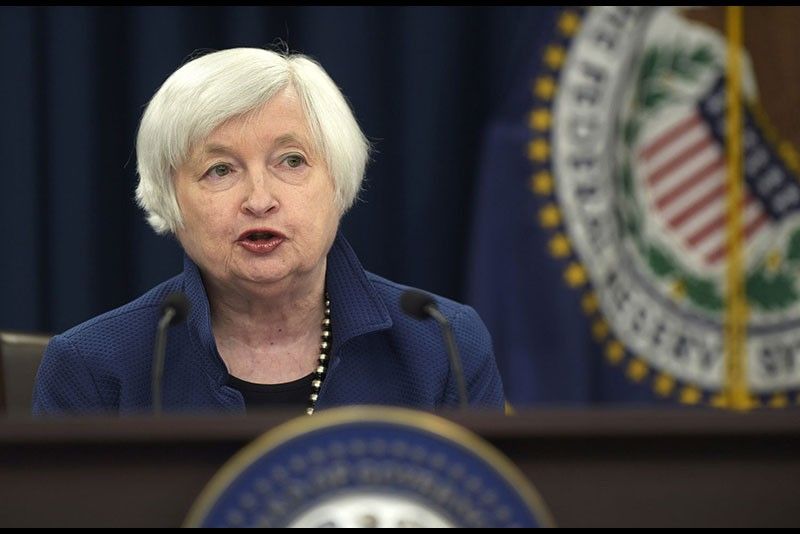US Fed likely to keep interest rates steady

WASHINGTON – With the US economy on solid footing and unemployment at a near-decade low, the Federal Reserve remains in the midst of a campaign to gradually raise interest rates from ultra-lows. But this week, it's all but sure to take a pause.
The Fed is widely expected to keep its key short-term rate unchanged after having raised it in March for the second time in three months. Most analysts foresee the Fed raising its key rate again at least twice more before year's end, a testament to the durability of the US economic recovery and a more stable global picture.
One reason for the Fed to stand pat this week is that even though the job market has shown steady strength, the economy itself is still growing in fits and starts. On Friday, the government estimated that the economy, as gauged by the gross domestic product, grew at a tepid 0.7 percent annual rate in the January-March quarter. It was the poorest quarterly performance in three years.
Though some temporary factors probably held back growth last quarter and may have overstated the weakness, the poor showing underscored that key pockets of the economy – consumer spending and manufacturing, for example – remain sluggish. On Monday, the government said US consumer spending stalled in March for a second straight month. And the Institute for Supply Management reported a drop in factory activity.
"Given all the uncertainties they still face and especially with growth coming in so weak, the less the Fed says at this meeting, the better," said Diane Swonk, chief economist at DS Economics.
Most economists have expressed optimism that the economy is strengthening in the current April-June quarter, fueled by job growth, higher consumer confidence and stock-market records. Many think that annualized growth could accelerate to around 3 percent and that the Fed will feel more confident to resume raising rates at its June meeting.
“The Fed will probably say in their statement that they expect the economy to rebound in the second quarter,” said Sung Won Sohn, an economics professor at the Martin Smith School of Business at California State University.
It isn’t just the Fed’s short-term rate – a benchmark for other borrowing costs throughout the economy – that will likely occupy attention at this week’s meeting. Officials will also likely discuss how and when to start paring their extraordinary large $4.5 trillion portfolio of Treasurys and mortgage bonds. The Fed amassed its portfolio – commonly called its balance sheet – in the years after the financial crisis erupted in 2008, when it bought long-term bonds to help keep mortgage and other borrowing rates low and support a frail economy. At the time, the Fed had already cut its short-term rate to a record low.
- Latest
- Trending





























